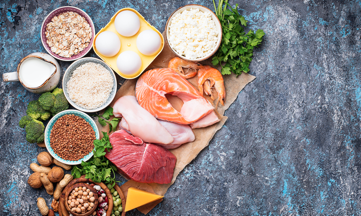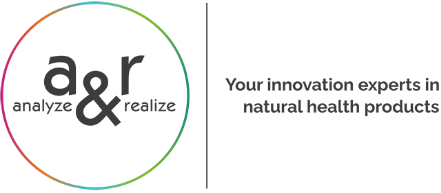
On May 25, a new regulation on the level of contaminants in food (Regulation (EU) 2023/915) entered into force, which replaces the oft-amended Regulation (EC) 1881/2006.
Summary of the main changes
The new regulation is better structured and more readable. The main changes are the following:
- The definitions of “food”, “food business operator”, “placing on the market”, “final consumer”, “processing”, “unprocessed products” and “processed products” are included (Article 1).
- The food category classification follows Regulation (EC) No 396/2005 on maximum residue levels of pesticides more closely.
- Foodstuffs that do not comply with the maximum limits established in Annex I of Regulation (EU) 2023/915 cannot be placed on the market or used as raw material or ingredient in food (Article 2).
- A general prohibition of detoxification shall apply to all food, previously it only affected/covered foods containing mycotoxins (Article 4).
- The Regulation provides a maximum limit for melamine in liquid infant formulae and follow-on formulae in addition to the limit applicable to powders.
- The maximum levels for aflatoxins, ochratoxin A, and tropane alkaloids also apply to processed foods if they consist of at least 80% of the corresponding product.
- Transitional measures are laid down in Article 10.
In conclusion, the purpose of the contaminant regulation is to have fewer contaminants and residues in food. The aim is to set the maximum levels for contaminants as low as reasonably achievable under the ALARA principle.
